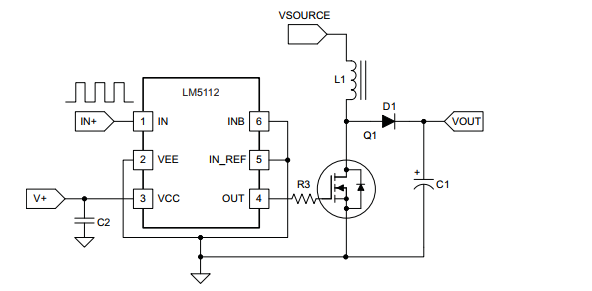MOSFET Gate Resistor Design – Made in India Tips

🔧 The Problem: Unstable Switching in MOSFETs
When you’re switching a MOSFET at high speed, the gate can draw sudden pulses of current due to its capacitive nature. Without a gate resistor, this can lead to high-frequency oscillations, EMI (electromagnetic interference), and even damage to your driver circuit. This is especially common in PWM motor drivers, LED dimmers, and DC-DC converters.
✅ The Solution: Add a Gate Resistor
A simple resistor (typically 10Ω to 100Ω) in series with the MOSFET gate controls the speed at which the gate charges and discharges. This slows down the switching just enough to suppress EMI and prevent voltage ringing, without losing too much efficiency. Think of it as adding a “shock absorber” to your switching signal.
🧰 Practical Example :
Imagine you’re prototyping a 12V smart fan controller using an IRFZ44N MOSFET. Without a gate resistor, your 20kHz PWM signal creates ringing, causing erratic fan speeds or noise. By adding a 33Ω gate resistor, the transitions smooth out, making your system stable and quiet.
🧮 Sample Calculation :
Suppose:
Gate charge (Qg) = 71nC
Desired switching time (t) = 200ns
Gate voltage (Vgs) = 10V
Use:
R = t / (Qg / Vgs) = 200ns / (71nC / 10V) ≈ 28.2Ω
Select a standard resistor: 33Ω works perfectly!
🛒 Product Suggestion :
Start building with trusted, Made in India components:
👉 Shop now at SmartXProKits.in
Support our work and India’s innovation—buy from our Make in India site!




















